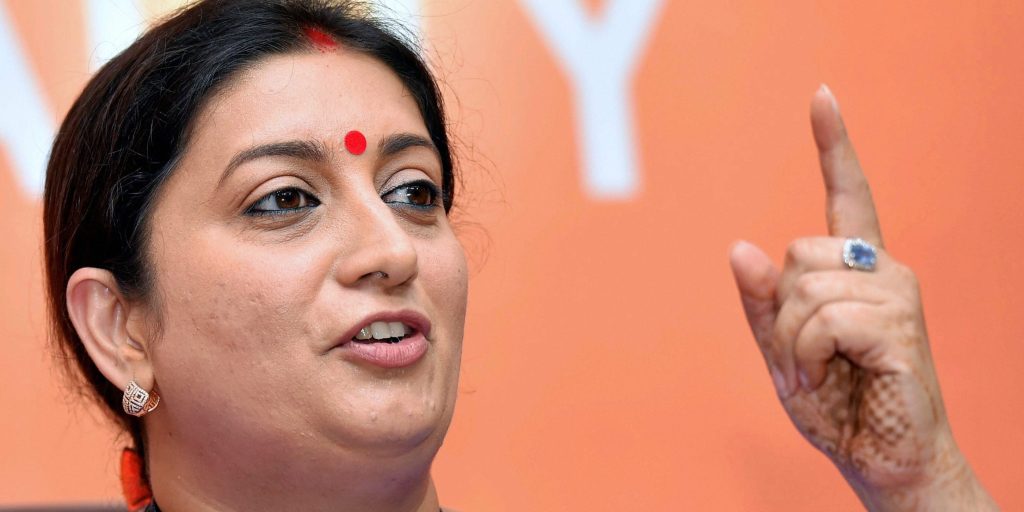
World Economic Forum report: In an initiative to bridge the global women’s health gap and foster economic growth, the World Economic Forum (WEF) has unveiled a new report emphasizing the potential of closing the health disparities faced by women.
The report, titled “Closing the Women’s Health Gap: A USD 1 Trillion Opportunity to Improve Lives and Economies,” outlines how addressing gender-specific health challenges could lead to a 1.7 per cent increase in per capita GDP, contributing a staggering USD 1 trillion to the global economy annually by 2040.
Developed in collaboration with the McKinsey Health Institute, the report highlights the disproportionate health conditions affecting women and quantifies the economic implications of eliminating the existing gender health gap.
Notably, the analysis indicates that women, on average, spend 25 per cent more of their lives in poor health than men.
Shyam Bishen, Head of the Centre for Health and Healthcare at the World Economic Forum, emphasized, “Our analysis demonstrates that addressing the women’s health gap and investing in women’s health must be a priority for every country. Beyond improving women’s quality of life, ensuring women have access to innovations in healthcare is one of the best investments that countries can make for their societies and their economies.”
Also Read:Budget 2024: How the Budget is Prepared?
The report underscores the correlation between better health and economic prosperity, with every USD 1 invested potentially unlocking USD 3 in economic growth.
It calls for enhanced access to gender-specific care, urging industry leaders to create new financing models and innovative business policies.
In response to the report’s findings, the World Economic Forum has launched the Global Alliance for Women’s Health, a multi-sector platform aimed at advancing women’s health and catalysing economic benefits.
The alliance, supported by 42 organizations, spans government leaders, private sector representatives, and figures from the entertainment industry and philanthropy.
The Global Alliance for Women’s Health operates across three pillars: financing, science and innovation, and agenda-setting.
Also Read:India Emerges as a Fintech Powerhouse: WEF Study
Pledging over USD 25 million in 2024 to address barriers and ensure equitable support for unmet needs in generational and women’s health.
Launching the Rotary Healthy Communities Challenge, a USD 30 million initiative for disease prevention, treatment, and maternal and child health in select African countries.
Led by Kearney, involving 40+ partners, rallying a call for action to redesign healthcare with a focus on women’s needs.
“Quality, affordable and accessible healthcare, particularly in the context of women’s health, is a critical aspect of ensuring the well-being of women,” said Nisia Trindade Lima, Minister of Health of Brazil.
Also Read: Know about the details of WEF 2024
She added, “This is a critical moment for a greater mobilization across sectors to invest in women’s health, keeping in mind the imperatives of equity and integral care.”
“Investing in women’s health goes far beyond individual women. It is a direct investment in families, communities, societies and economies. Our collective future rests on closing the women’s health gap,” said Anita Zaidi, President, of the Gender Equality Division, at the Bill & Melinda Gates Foundation
The Global Alliance for Women’s Health will be guided by a multi-sector governing board, co-chaired by Trindade Lima and Anita Zaidi, President of the Gender Equality Division at the Bill & Melinda Gates Foundation.
The alliance aims to prioritize, protect, and promote women’s health, inviting all World Economic Forum members to join this transformative health initiative.




3 thoughts on “Globally Women’s health gap costs $1 trillion: World Economic Forum report”
Comments are closed.